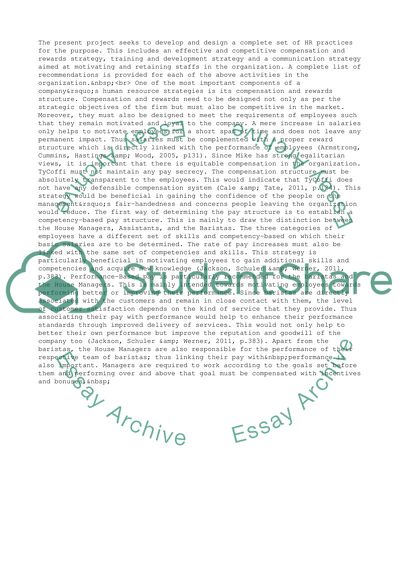Cite this document
(Managing People Based on TyCoffi Case Study Example | Topics and Well Written Essays - 2000 words, n.d.)
Managing People Based on TyCoffi Case Study Example | Topics and Well Written Essays - 2000 words. Retrieved from https://studentshare.org/management/1439053-managing-people
Managing People Based on TyCoffi Case Study Example | Topics and Well Written Essays - 2000 words. Retrieved from https://studentshare.org/management/1439053-managing-people
(Managing People Based on TyCoffi Case Study Example | Topics and Well Written Essays - 2000 Words)
Managing People Based on TyCoffi Case Study Example | Topics and Well Written Essays - 2000 Words. https://studentshare.org/management/1439053-managing-people.
Managing People Based on TyCoffi Case Study Example | Topics and Well Written Essays - 2000 Words. https://studentshare.org/management/1439053-managing-people.
“Managing People Based on TyCoffi Case Study Example | Topics and Well Written Essays - 2000 Words”, n.d. https://studentshare.org/management/1439053-managing-people.


